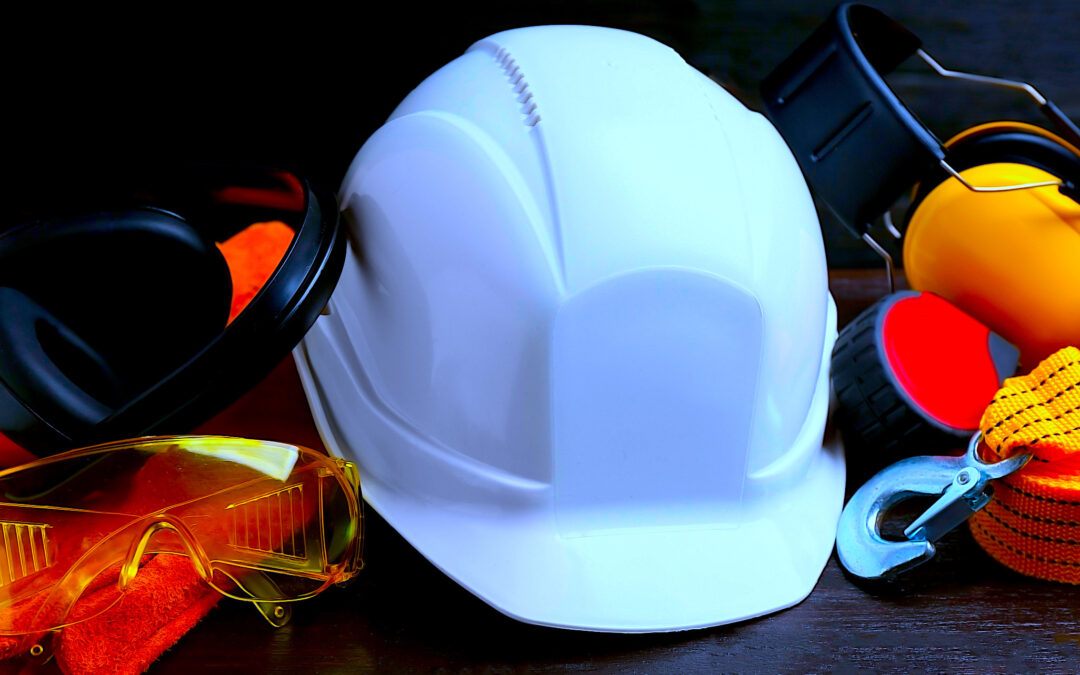This column kicks off a new series of discussions in The RAM Review on workforce development in the post-pandemic era. Because workforce issues have plagued many industry sectors for years, some for decades, the “new normal” we’re in must include a significant focus on the people-side of the business from a strategic perspective.
Going forward, I’ll rewind to prior decades of challenges and how businesses overcame them. I’ll connect newer practices with some proven and enduring methods and dispel various training myths. I’ll offer up a buffet of solutions, approaches, and tools, along with a career’s worth of insights on the people-side of manufacturing and maintenance.
Post-pandemic recovery can be tricky, at best, for some operations. Businesses that are returning to “normal” operations after being hit with the COVID-19-influenced layoffs and furloughs, not to mention the retirement of experienced and skilled employees, will have many new challenges. Workforce development is high on that list.
For many enterprises, returning to normal may not be attainable given today’s workforce shortages, skills shortages, and/or supply-chain interruptions. For them, the new normal will require creativity and departing from “the way we’ve always done things,” including workforce development. This is the new leadership challenge of working outside one’s comfort zone.
Building and re-building a capable workforce will, by far, be one of the biggest challenges ahead for manufacturing, mining, facilities management, transportation, and construction. I heard one employer state, “We can get machines and tools. We can’t get people.” Another warned, “Get ready for higher gasoline prices. We can’t find enough truck drivers to deliver fuel.”
Regardless of the paths recovering businesses take, there will be NO cookie-cutter program for workforce development. That’s the “strategic” intent: One size, one program, one type of training DOES NOT fit all.
Keep in mind that workforce development is MORE than training. Sure, the centerpiece has to be skills development. But there’s a huge need for “soft skills” development (skills that will enable people to work together to accomplish common goals efficiently and effectively in today’s workplaces and into the future). Today’s workforce-development initiatives, however, are facing other issues that must be addressed, including shortages of childcare, reliable transportation, and mechanical and electrical aptitudes.
Be prepared for the long haul. The skills and knowledge of today’s workers may be short-lived in light of new technologies, global-customer requirements, and other changes in the marketplace, yet to be seen. Thus, the workforce of today must get comfortable with ongoing learning, flexibility, and new work methods. The good news, though, could be summed up in one employee’s recent assessment of the situation: “Work is more interesting because we’re always learning new stuff.”
The overarching theme for strategic workforce development in the post-pandemic era is clear: doing more with less of everything while developing new habits. This approach requires leadership with a sense of purpose, persistence to overcome old habits, and agility to adapt to insights gained along the way. Top-management and front-line leaders can shape the new workforce into the most productive, most positive, most enthusiastic group of employees they’ve ever encountered. Stay tuned.TRR
ABOUT THE AUTHOR
Bob Williamson is a long-time contributor to the people-side of the world-class-maintenance and manufacturing body of knowledge across dozens of industry types. His background in maintenance, machine and tool design, and teaching has positioned his work with over 500 companies and plants, facilities, and equipment-oriented organizations. Contact him directly at 512-800-6031 or bwilliamson@theramreview.com.
Tags: reliability, availability, maintenance, RAM, workforce issues, leadership, training and qualification, skills development



